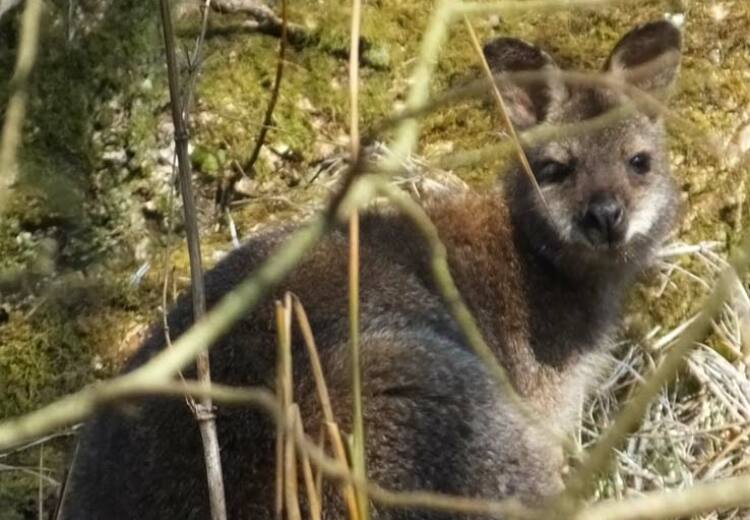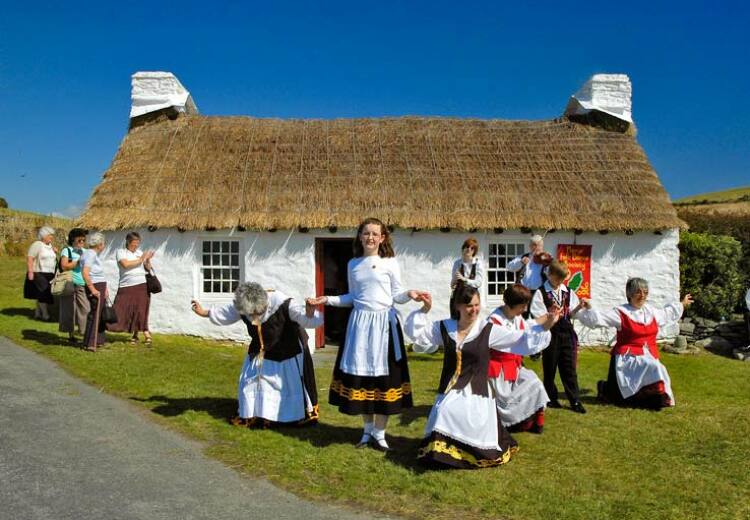MANX fishermen have been described as "positive and proactive" in their proposals to close an area of the sea to scallop dredging and queenie trawling.
The Manx Fish Producers' Organisation has proposed that a 40km squared section of the sea between Ramsey Bay and the Ballacash Channel should be closed – in order for a Marine Nature Reserve to be developed.
Tom Bryan-Brown, chief executive of the Manx Fish Producers, said: "The fishermen of this organisation have proposed that this area of Ramsey Bay should be shut down to scallop and queenie fishing.
"This will hopefully help the stocks of scallops and queen scallops but will also, by association, fulfil the Island's obligation to the protection of particular marine species and habitats."
John Shimmin MHK, Minister for Environment, Food and Agriculture, said: "This positive and proactive move by the Manx fishing industry is a fantastic development in the sustainable management of Manx seas.
"By working together to protect Ramsey Bay we can ensure the long-term future of our fisheries and at the same time the spectacular marine life of the area."
Ramsey Bay is particularly suitable as a Marine Nature Reserve as it will protect areas of diverse marine habitats including mearl beds, eelgrass meadows and kelp forests.
A large additional area around the Ballcash Channel, which is home to an extensive horse mussel reef, will also be protected.
Mr Shimmin continued: "These habitats are important because they are home to numerous species of plants and animals, stabilise the seabed, keep our seas clean and also store carbon like tropical rainforests. Maerl habitats are also known to play an important role as a nursery ground for commercially important species such as cod and queenies."
Protecting these habitats will also help Manx fisheries achieve Marine Stewardship Council accreditation as sustainable fisheries - a standard increasingly demanded by supermarkets and other seafood outlets.
A similar initiative was carried out in Port Erin more than 20 years ago and has proved effective – allowing scallops to build up inside the area and producing more young which can seed adjacent fishing grounds.
The Wildlife Committee has assessed the proposal and confirmed that the site meets international scientific criteria for Marine Protected Areas.
Formal consultation on the site will start in December.








